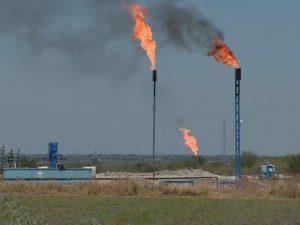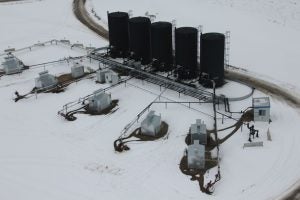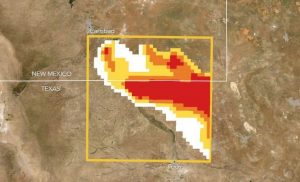 We’re back with the last in a two-part series on prospects for ESG and climate investing between EDF’s Ben Ratner and Brian Rice, a portfolio manager at California State Teachers’ Retirement Systems, the world’s largest educator-only pension fund with roughly $243 billion under management.
We’re back with the last in a two-part series on prospects for ESG and climate investing between EDF’s Ben Ratner and Brian Rice, a portfolio manager at California State Teachers’ Retirement Systems, the world’s largest educator-only pension fund with roughly $243 billion under management.
After exploring the importance of climate policy and net-zero corporate planning in the first Q&A, the discussion turns to oil and gas. The experts examine this historic moment for the industry, and how escalating climate pressures will profoundly affect energy markets and the companies that power them.














